DOMENICO D’OORA
e SANDI RENKO
Bluart Gallery is pleased to present an online e-commerce exhibition that promotes and pays tribute to these two important painters.
The meeting between the two artists is certainly due to their proximity in a type of perceptual experience that continues to address the themes of plasticity and three-dimensionality of surfaces. But also of the enthusiasm and curiosity that still leads them to marvel at the mysteries of light and research on chromaticity.
DOMENICO D’OORA e SANDI RENKO
ONLINE EXHIBITION
In In conjunction with the retrospective of the exhibition
MEETING IN LIGHT AND COLOR
12th NOVEMBER – 15th DICEMBER 2022
CASTELLO DEL MONFERRATO, CASALE MONFERRATO (AL)
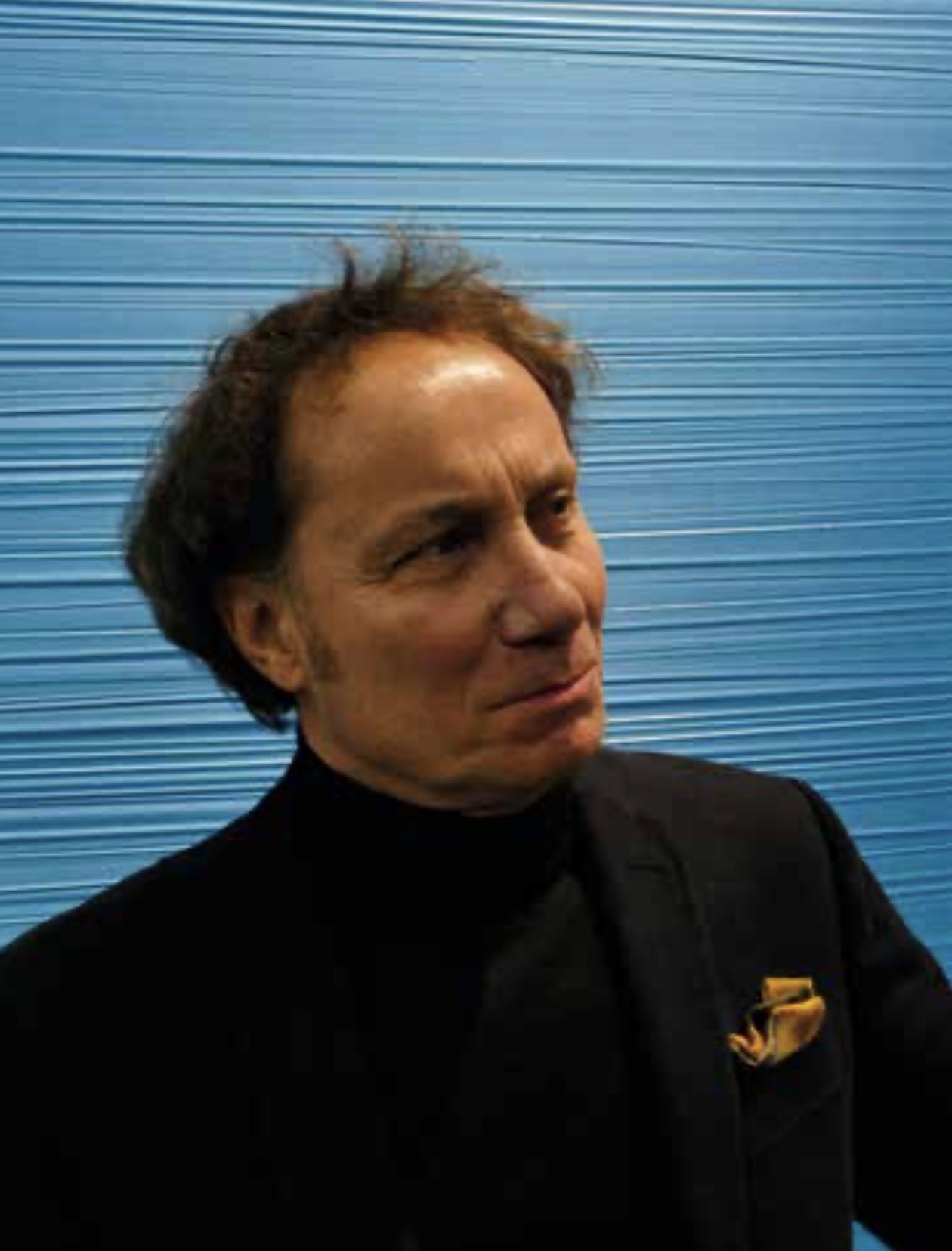
The more you study color by trying to define it, the more it escapes”
Domenico D’Oora
-
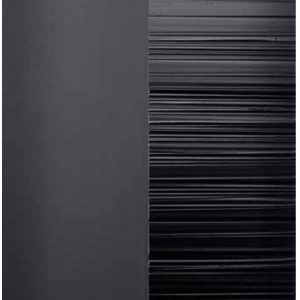
Domenico D’OORA
Read moreDomenico D’OORA27 January 20237 February 2023 -
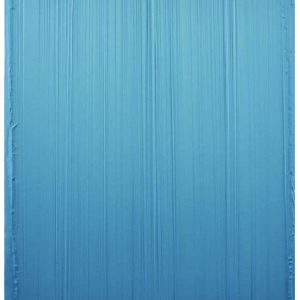
Domenico D’OORA
Read moreDomenico D’OORA27 January 20237 February 2023
-

Domenico D’OORA
Read moreDomenico D’OORA27 January 20237 February 2023
In D’Oora’s monochromes, the artist’s color, materials, thought, design and ’emotion merge into a unicum with an almost Renaissance flavor, which seems to want to remind us of the central position of the individual before the spatiality of the universe.
Color-which in D’Oora is always monochrome-is like time: it is not simply a chemical compound and/or a physical phenomenon but rather is a perceptual “experience” that certainly depends on “environmental” and “historical” conditions but above all on the subjectivity of the one who observes and perceives color.
-
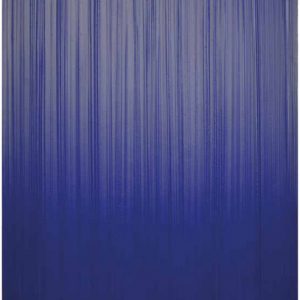
Domenico D’OORA
Read moreDomenico D’OORA27 January 20237 February 2023
-

Domenico D’OORA
Read moreDomenico D’OORA27 January 20237 February 2023
In the space, in addition to color, the layering of the support of D’Oora’s work is enriched with “materiality” (which is different from materials) is built up with repeated and successive passes of color, which is used to add and take away (as is the case in sculpture), so the surface is not “flat,” “smooth,” but is presented with reliefs. These not only involve a spatiality of both flat and solid (three-dimensional) geometry, but create a rhythm of “sacredness” of the two-dimensional, absolutist surface in itself.
SANDI RENKO
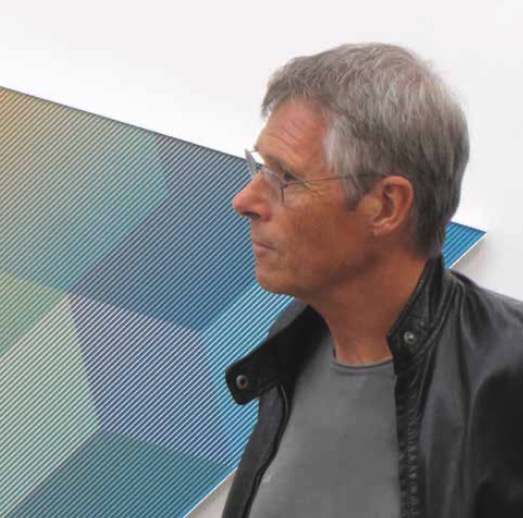
Sandi Renko, when he talks about his relationship between creation and reality, wants to operate in the field of abstraction and not figuration, precisely because only the former expresses total creativity, ex nihilo (from nothing), while figuration represents what is already there.
-
Sold out
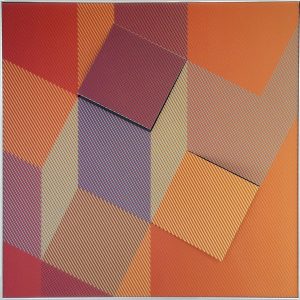
Rilievi
Read moreRilievi8 December 202226 January 2023 -
Sold out
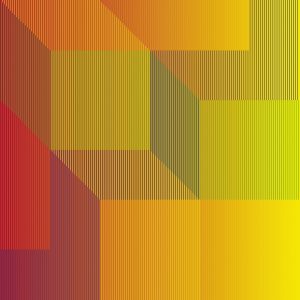
Sandi RENKO
Read moreSandi RENKO8 December 20227 February 2023
-
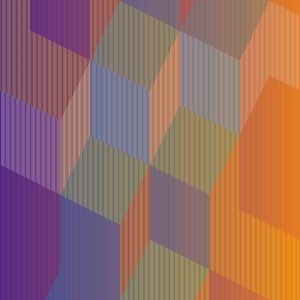
Sandi RENKO
Read moreSandi RENKO8 December 20227 February 2023
Sandi Renko’s works, at first glance, may appear to be a skillful exercise in geometry or, even, a kind of visual “game”. In fact the images of his works, if we look at them frontally, from the right and left sides, appear “different” and almost “moving” then if we look at the composition, colors, materials the visual pleasure increases.
Sandi Renko involves the viewer in the creation of his works. Key elements are on the one hand the three-dimensionality of the medium and on the other hand the moving gaze. Both elements that make the works not fully legible from a two-dimensional photographic reproduction.
-
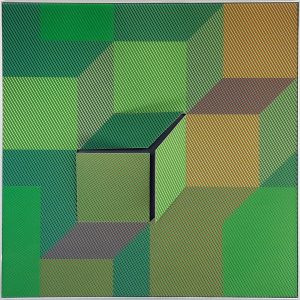
Sandi RENKO
Read moreSandi RENKO8 December 20227 February 2023
-
Sold out

Sandi RENKO
Read moreSandi RENKO8 December 20227 February 2023
ALL WORKS
-
Sold out

Rilievi
Read moreRilievi8 December 202226 January 2023 -
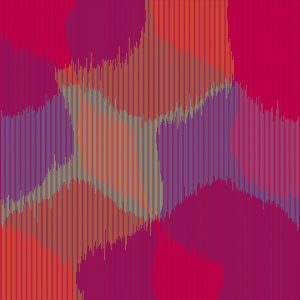
Sandi RENKO
Read moreSandi RENKO8 December 20227 February 2023 -

Sandi RENKO
Read moreSandi RENKO8 December 20227 February 2023 -
Sold out
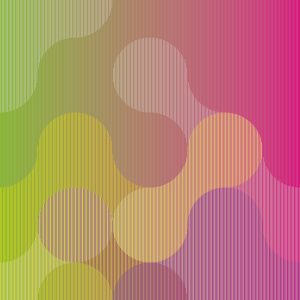
Sandi RENKO
Read moreSandi RENKO8 December 20227 February 2023 -
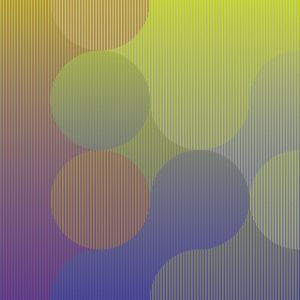
Sandi RENKO
6.200,00 € Add to cartSandi RENKO8 December 20227 February 2023 -
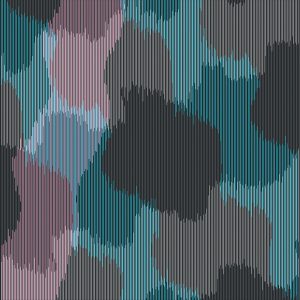
Sandi RENKO
Read moreSandi RENKO8 December 20227 February 2023 -
Sold out
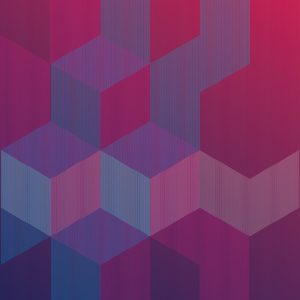
Sandi RENKO
Read moreSandi RENKO8 December 20227 February 2023 -

Sandi RENKO
Read moreSandi RENKO8 December 20227 February 2023 -
Sold out

Sandi RENKO
Read moreSandi RENKO8 December 20227 February 2023 -
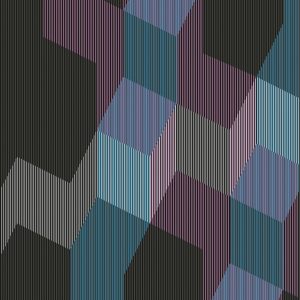
Sandi RENKO
Read moreSandi RENKO8 December 20227 February 2023 -
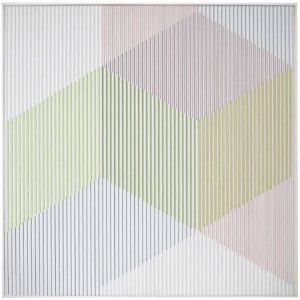
Sandi RENKO
Read moreSandi RENKO27 January 20237 February 2023
-
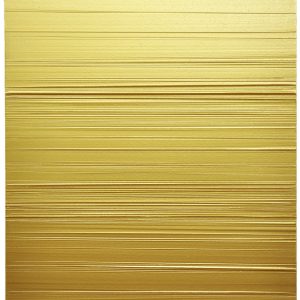
Domenico D’OORA
Read moreDomenico D’OORA27 January 20237 February 2023 -
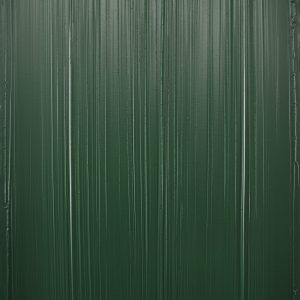
Domenico D’OORA
Read moreDomenico D’OORA27 January 20237 February 2023 -

Domenico D’OORA
Read moreDomenico D’OORA27 January 20237 February 2023 -
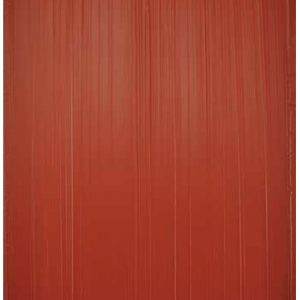
Domenico D’OORA
Read moreDomenico D’OORA27 January 20237 February 2023 -

Domenico D’OORA
Read moreDomenico D’OORA27 January 20237 February 2023 -

Domenico D’OORA
Read moreDomenico D’OORA27 January 20237 February 2023 -
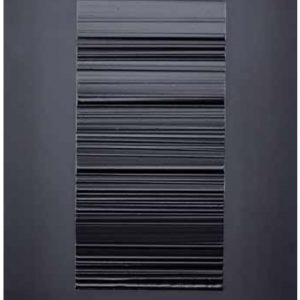
Domenico D’OORA
Read moreDomenico D’OORA27 January 20237 February 2023
DOMENICO D’OORA
Born in London in 1953, lives on Lake Maggiore. Graduates in Painting from the Brera Academy of Fine Arts with G. Ballo. There he attended classes in Psychology of Form and Chromatology, taught by C. Musatti and L. Veronesi, and Philosophy by F. Leonetti. Dates back to the 1980s his research on the use of color and materials in a perceptive key.
From the 2000s he began a minimal reduction/concentration with monochrome surfaces and flared supports, realizes an effect of projecting painting-sculpture where the works are connoted by the offering of color/space in a multidimensional physicality, where absolute and phenomenal becoming are inseparable and where the modulated succession of material-li- near scans, the coexistence of light and shadow, suggest the passage of time and at the same time establish its suspension; in the relative space of the work’s multidimensional physicality, the intuition of a mental time is thus born, a place of synthesis between the flow of time and the extension of space.
With galleries in Italy, Germany and Switzerland, he creates more than 50 solo exhibitions. With the Spriano Gallery in Omegna in 1992 he will participate in Artefiera Bologna with works by Calderara, Radice, Rho. At the Lazertis Galerie in Zurich in 2008 he held the solo show “Absolute Farbe,” participated in group shows, including “Bonfanti, Castellani, Dorazio, D’Oora, Di Robilant, werke auf papier” and “Italienische Kunst von 1965: Capogrossi, D’Oora, Matino,” in 2012 he held a second solo show there. Also in Switzerland, he exhibited at Galerie L. Yametti in Bachenbulach in 1991, at the Deutsches Kultur- zentrum, and at DeltaZeroArt in Lugano. He exhibits in Germany with the historic Galerie Appel in Frankfurt where, in 2009, the solo show “Absolute Farbe” is presented in the catalog by Martin Engler, curator of the Contemporary Art section of the Städel-Museum in Frankfurt, a gallery where he will hold solo shows again in 2014 and, in 2017, “Farbe Konkret Denken” in conjunction with Galleria Santo Ficara in Florence where he will hold a second solo show in 2022.
With Galerie Appel since 2012 he has assiduously participated in ArtKarlsruhe, and which, in 2012, exhibited him at ArteFiera in Bologna with a per- sonal booth and works by Max Cole, K. Gonschior, M. Hafif, J.Zeniuk.
In 2011 he exhibited in group shows at the Museum fur Angewandte Kust in Frankfurt and in 2015 at IHK Frankfurt, and at the Kunstverein in Bad Nauheim. In Frankfurt he has been present since 2005 in various group exhibitions at the Frankfurter Westend Galerie including Abstrake Landschaften.
Intense relationship with the historic Galleria Il Milione in Milan where he held four solo exhibitions (2006, 2008, 2014, 2019).
Gérard-Georges Lemaire in an interview with Claudio Magris ne the Corriere della Sera (2012) juxtaposes him with Frank Stella, Ad Reinhardt as protagonists of “the absolute blackness.”
He has collaborated with writings in catalogs on presentations of exhibitions including: A. Burri, Dadamaino, G. De Dominicis, Arte Dogon and Bamana, P. Dorazio, P. Gioli, H. Hartung, V. Matino, A. Perilli, G. Scelsi, I. Valenti, E. Vedova, Munari, Scialoja, Veronesi, Jonh Cage and Fluxus, C. Massini, R. Floreani.
Since its founding in 1998, he has been the conductor of the Laboratory of Art Therapy at U.O. Psychiatry Verbano 1.
His works are in numerous collections in Italy and abroad.
SANDI RENKO
Of Italian-Slovene descent, Sandi Renko was born in Trieste in 1949. He graduated from the Umberto Nordio Art Institute; among his teachers were Miela Reina, Enzo Cogno, Ugo Carà, and Marcello Siard. Through them he began to attend the Centro Arte Viva, which in those years brought to Trieste the works of Enzo Mari, Getulio Alviani, Bruno Munari and others. He is thus attracted to the experiential area of kinetic and programmed art. His first work in canneté, a support that will determine the development of his own artistic language focused on geometry and three-dimensionality and on the interaction between observer and work, dates from 1969.
In the early 1970s he moved to Padua and opened a design, visual communication and art direction studio. He works for leading companies designing furniture, furniture systems, and lighting. Stimulated by the artistic and intellectual context in Padua, which still echoes the experiences of Group N, he began participating in group shows, happenings, and impromptu events, consolidating his affinity for concrete art. He also applies the designer’s design rigor to visual art and undertakes a path that is always linear and coherent declined on a personal technique.
Since 2000, also encouraged by Alberto Biasi, he intensifies his artistic activity by experimenting with new colors and materials.
He engages in synaesthetic projects by creating multisensory works sonority by composers Filippo Perocco, Paola Samoggia and Nicola Sanguin. She exhibits continuously in solo and group exhibitions in Italy, Slovenia, Austria, Croatia, Germany, France, Switzerland and in New York. His works are featured in major Italian contemporary art fairs.
A comprehensive review of his production since 1966 is mounted in 2015 at the Marcon Pavilion of the Arts, Venice. Later Renko exhibits alongside the historical representatives of programmed and kinetic art, Cruz-Diez, Le Parc, Tornquist, at the exhibition The sharper perception held in New York in 2016, and the following year he is present at the exhibition Biasi, Campesan, Munari and other friends of Verification 8+1, in the context of the 57th Venice Biennale. In 2021, one of his works was selected and exhibited at the 2021 Origins in Geometry Biennial at the Museum of Geometric and MADI Art in Dallas, Texas, USA.
Since 2019 he has moved his studio from Padua to Trieste.